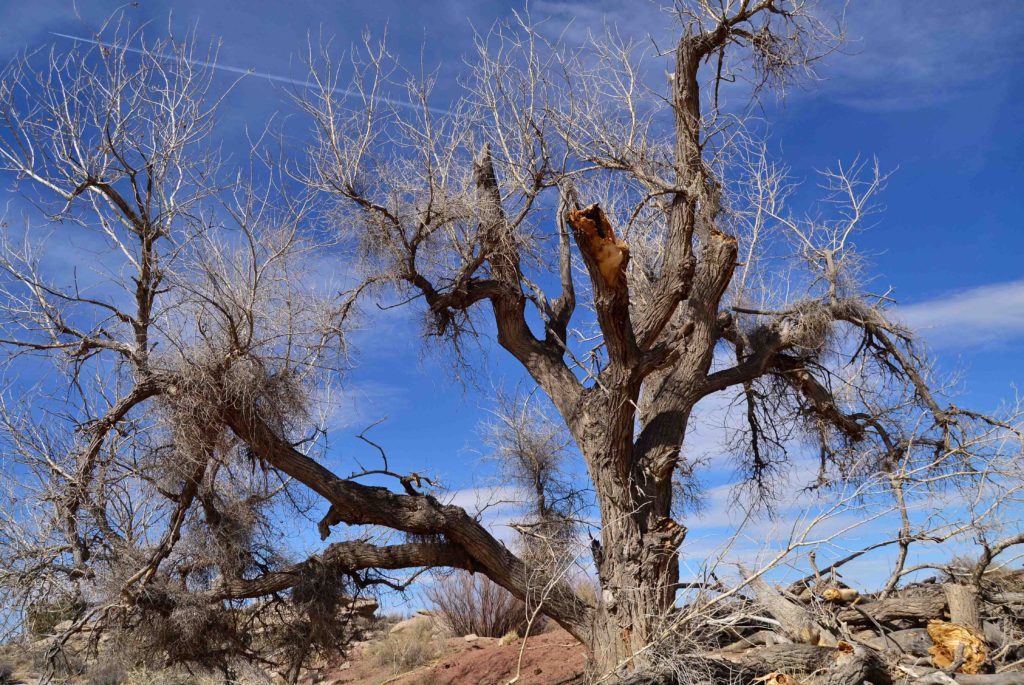As a lifelong rancher water is the subject nearest and dearest to my mind when it comes to Twin Buttes Ranch, or TBR.
TBR is located on the Colorado Plateau in Northeastern Arizona, in an area locally known as The Holbrook Basin, where water is vital to anything pertaining to life or business of any kind.
Water reservoirs are essential to support livestock and wildlife on the Twin Buttes Ranch
Rainfall on TBR (Twin Buttes Ranch)
In recent years – the past 30 – we have endured a prolonged drought. This has greatly affected the ability to conduct profitable ranching in the entire Southwest, and in my experience in the Holbrook Basin.
However, with the return of much needed precipitation over the past few years, which we are hoping the drought is now over.
Many years ago, an average was put in my mind of around 6 inches per year, but I have no way to verify that amount, especially since rainfall always varied significantly from one year to the next.
Ranching in the northeastern corner of Arizona has always been a matter of dry country ranching, but I do know that we always received enough moisture to remain in the cattle business. Of course, we always would have liked to have had more, but life on a ranch was good and every bit of precipitation was welcomed whether rain or snow.
Rainfall is a vital aspect of ranching, but TBR has enough sources of other water to make various other business opportunities viable even without predictable yearly rainfall.
Shallow Water Resources on TBR

Delaney Tank is the largest shallow water reservoir, or dirt tank, on Twin Buttes Ranch. In this picture it is shown during a period of low rainfall, and the water is being pumped into it to sustain the cattle. 
A large cottonwood tree has survived for years on the water from Delaney Tank. 
Delaney Tank during a period of heavy summer rainfall. The million gallon water reservoir is nearly at capacity.
There are several sources of shallow water on TBR.
The most obvious of these are large washes, several of which are riverbeds. Fresh water can be extracted from these sand beds using differing methods.
- Using sand point filters water can be pumped out of the river sand, and used to fill tanks or pipe water across country.
Sand points are basically large pipes with holes cut into the sides. The holes are covered with screens, and the pipes are driven down into the sand. The water fills the pipe and is pumped out to fill the ranch’s need.
- The development of shallow wells by removing the water-sand and replacing it with gravel, which allows the water to flow unrestricted to a pump.
Most of the water on TBR that is used to support both livestock and wildlife is from the use of dirt reservoirs called tanks. These caught the run-off rainwater and (hopefully) held enough until the next rain.
It was always my desire to put in pipe lines that were to be supplied by water from the Puerco River (the largest sand wash located on the north end of TBR). However this dream has remained one of the undeveloped infrastructure developments.
Saltwater Reservoir
There is a very large supply of readily availablesaltwater in a largely untapped aquafer under TBR.
This is due to the mineral composition of the Holbrook Basin, which contains a very large deposit of salt and potash, starting several hundred feet below the surface. The concentration of these mineral resources is especially strong under TBR.
This saltwater could be developed for a variety of uses due to new technologies.
Although the potential for development is truly only limited by the human imagination – there are several practical uses that various visionaries have proposed to me over the years.
- The development of algae pools – which would feed on the salt/mineral water that is unfit for use by animals or other plant life
- Potash mining – the process uses large amounts of salt water, and having the large reserves already existing under TBR would cut costs of production significantly
- Solar power development
- Fresh water creation via solar water-reclamation processes
To learn more about water reservoirs, and their uses, on TBR, please contact us to schedule a phone consultation.

Keep up the fantastic piece of work, I read few articles on this web site and I believe that your web site is real interesting and has bands of excellent info .